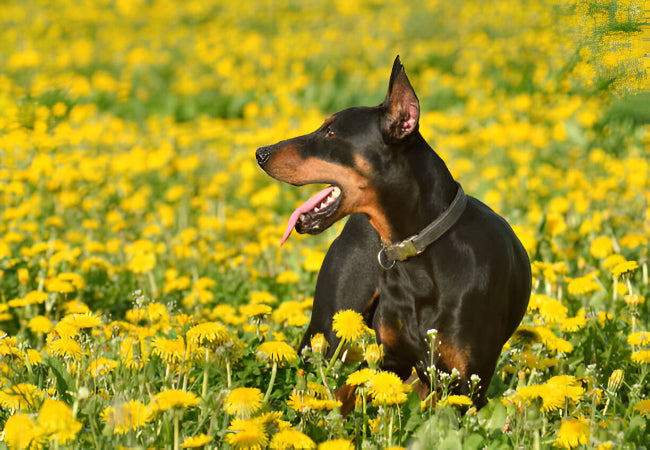German Pinscher 2025 Guide: Temperament, Care & Training 🐶

In this article
German Pinscher 2025 Guide: Temperament, Care & Training 🐶
By Dr. Duncan Houston BVSc
The German Pinscher is a medium-sized, alert, and fearless breed known for its elegance and high drive. As a watchdog and vermin hunter turned companion, this breed combines agility with intense loyalty and intelligence. In this expert 2025 guide, we’ll explore how to care for and train this assertive and engaging breed. 🐾
📜 Breed Origins
Originating in Germany, the German Pinscher dates back to the 15th century and was bred for pest control and property guarding. It sits at the foundation of several other breeds, including the Doberman Pinscher and Miniature Pinscher. 🇩🇪
🧠 Temperament & Personality
This breed is sharp-witted and assertive with a balanced, loyal nature:
- Confident & Bold: Naturally protective and fearless
- Intelligent: Fast learner but may test boundaries
- Alert: Excellent watchdog—quick to detect intruders
- Energetic: Needs physical and mental outlets
🏡 Ideal Home Environment
This breed does best with experienced owners and structure:
- Secure, fenced yards—they are fast and curious
- Adults or families with older, dog-savvy children
- Multi-dog homes are possible with early socialization
They are not ideal for novice dog owners or off-leash in unfenced areas. 🏡
✂️ Coat Type & Grooming
German Pinschers have a smooth, dense, short coat that’s low maintenance:
- Brushing: Once a week with a rubber brush
- Bathing: Every 4–6 weeks or as needed
- Nail Trimming: Every 2–4 weeks
- Ear Cleaning: Weekly to prevent buildup
🏃♂️ Exercise & Enrichment
This breed thrives with active engagement and regular movement:
- 60–90 minutes of daily exercise (walks, runs, play)
- Agility, obedience work, or scent tracking are ideal
- Puzzle toys and clicker training for mental stimulation
Without stimulation, behavior issues can emerge. 🧠
🍗 Nutrition & Feeding
Feed a performance or working-dog diet with joint and coat support:
- Animal proteins like chicken, lamb, or fish
- Omega-3s and glucosamine for joints and coat
- Prebiotics and probiotics for digestive health
Divide into two meals per day. For custom advice, visit Ask A Vet. 🍽️
🩺 Common Health Concerns
While generally robust, this breed may face:
- Hip Dysplasia: Screen regularly and monitor joint comfort
- Cataracts: May appear in mid to late life
- Von Willebrand’s Disease: A blood clotting disorder—genetic testing is available
Use Ask A Vet for early detection and wellness planning. 🩺
🎓 Training & Socialization
Early and consistent training is non-negotiable for this breed:
- Socialize with dogs, strangers, and environments starting early
- Use structured, reward-based training—avoid harsh methods
- Continue mental stimulation well into adulthood
🧘♂️ Emotional & Behavioral Needs
German Pinschers are high-energy thinkers who benefit from:
- Predictable routines and daily engagement
- Crate training as a safe, calm space
- Avoiding long periods of boredom or confinement
Get behavioral insights and coaching from Ask A Vet. 🧠
🏁 Final Thoughts: Is the German Pinscher Right for You?
If you want a smart, spirited, and loyal watchdog who excels with training and thrives on activity, the German Pinscher may be your ideal dog. With structure, leadership, and daily enrichment, they become fearless, focused companions. ❤️
Need help building a care plan? Start a consult today at Ask A Vet!






